Please login or click here to join.
Forgot Password? Click Here to reset pasword
28 Interesting and historical facts about Dorset.
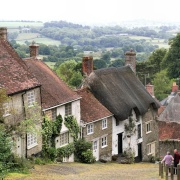
The famous Gold Hill in Shaftesbury, Dorset, is England's fifth steepest street at 16:09 degrees.
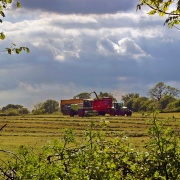
Dorset was the first county in England to cultivate cabbages, when it was brought across from Holland in 1539 by Sir Anthony Ashley (1551 - 1628). His beautiful ornate tomb can be seen in the church at the village of Wimborne St Giles, Dorset. The Polyhedron at the feet of the effigies of Sir Anthony and his wife, is believed by many to represent a cabbage.
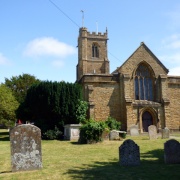
In 1651 after losing the battle of Worcester, Charles II stayed in Bridport before fleeing to France.
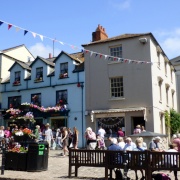
The coastal town of Bridport in Dorset was once famous for its Rope-making, with some of the rope being used for making hangmen's nooses. These nooses became famously known as 'a Bridport dagger'. Bridport also made the nets for England's World Cup victory in 1966
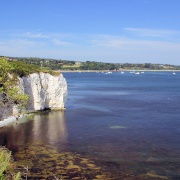
Studland Bay, in Dorset, is the only known breeding ground in the UK for the spiney and short-snouted sea horse.
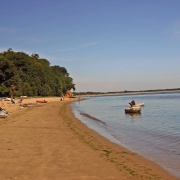
Studland Beach in Dorset, has been used by naturists for nearly 100 years. Two of its naturist visitors were author George Bernhard Shaw and children's authoress Enid Blyton. With her familiarity of the area, the nearby village of Studland was the basis for Toytown in her Noddy books and used again in her Famous Five stories.
Please login to add a fact about Dorset or register here.